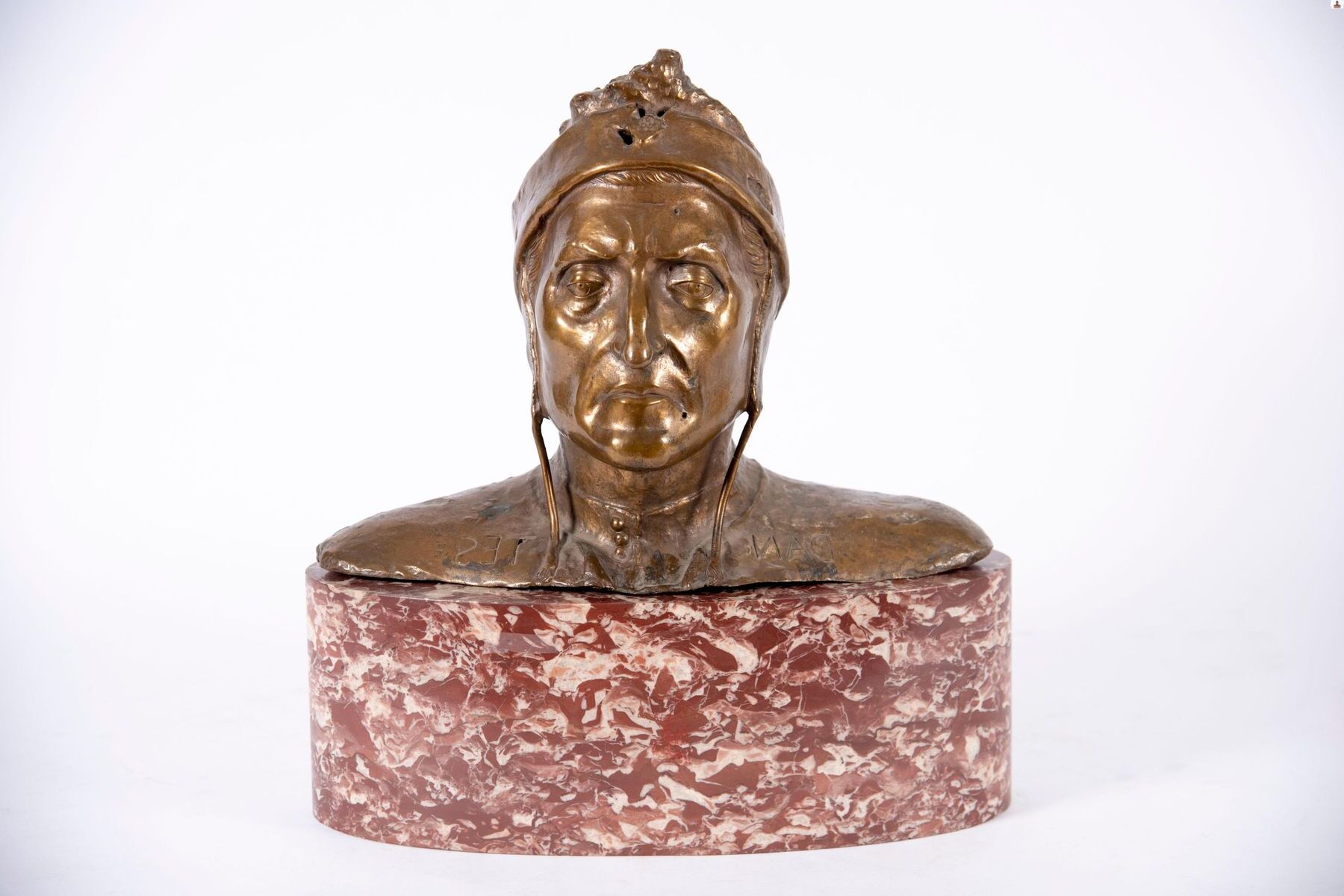
Florentine bronze, a captivating art form, has intrigued many with its rich history and intricate designs. What exactly is Florentine bronze? This term refers to a type of metalwork originating from Florence, Italy, known for its detailed craftsmanship and unique patina. Artists in the Renaissance period perfected this technique, creating stunning sculptures, decorative items, and architectural elements. The process involves casting bronze and then applying a special finish that gives it a distinctive, aged appearance. Today, Florentine bronze remains highly valued by collectors and art enthusiasts. Dive into these 30 fascinating facts to uncover the secrets behind this timeless art form.
Key Takeaways:
- Florentine bronze, originating in Florence, Italy, during the Renaissance, has a rich history and continues to inspire modern art with its durable alloy and traditional craftsmanship.
- Collecting Florentine bronze can be a rewarding experience, as these pieces hold significant historical and aesthetic value, and their value can appreciate over time.
The Origins of Florentine Bronze
Florentine bronze has a rich history that dates back centuries. This unique metalwork has captivated art enthusiasts and historians alike.
- Florentine bronze originated in Florence, Italy, during the Renaissance period.
- The technique was developed by skilled artisans who combined copper and tin to create a durable alloy.
- Florence became a hub for bronze casting due to its abundance of natural resources and talented craftsmen.
- The Medici family, prominent patrons of the arts, heavily supported bronze artisans in Florence.
- Many famous sculptures, including those by Donatello and Michelangelo, were crafted using Florentine bronze.
The Craftsmanship Behind Florentine Bronze
Creating Florentine bronze pieces requires immense skill and precision. Artisans follow traditional methods passed down through generations.
- The lost-wax casting method is commonly used to create intricate bronze sculptures.
- Artisans first sculpt a model in wax, which is then covered in a ceramic shell.
- The wax is melted away, leaving a hollow mold that is filled with molten bronze.
- After cooling, the ceramic shell is broken away to reveal the bronze sculpture.
- Each piece is meticulously polished and finished to achieve a smooth, lustrous surface.
Notable Florentine Bronze Works
Florentine bronze has produced some of the most iconic artworks in history. These pieces continue to inspire and awe viewers worldwide.
- Donatello's "David" is one of the most famous Florentine bronze sculptures.
- The "Perseus with the Head of Medusa" by Benvenuto Cellini is another renowned work.
- Lorenzo Ghiberti's "Gates of Paradise" on the Florence Baptistery are celebrated for their intricate detail.
- Michelangelo's "David" was originally intended to be cast in bronze before being sculpted in marble.
- The "Equestrian Statue of Cosimo I" by Giambologna stands as a testament to Florentine bronze artistry.
The Influence of Florentine Bronze on Modern Art
Florentine bronze has left a lasting impact on contemporary art and design. Its techniques and aesthetics continue to inspire modern creators.
- Many modern sculptors study Florentine bronze techniques to enhance their own work.
- The durability of bronze makes it a popular choice for public art installations.
- Florentine bronze's rich patina adds depth and character to contemporary sculptures.
- Artists often incorporate traditional Florentine motifs into their modern designs.
- The timeless beauty of Florentine bronze ensures its continued relevance in the art world.
Collecting Florentine Bronze
Collecting Florentine bronze pieces can be a rewarding experience for art enthusiasts. These works of art hold significant historical and aesthetic value.
- Authentic Florentine bronze pieces can be found in museums and private collections worldwide.
- Provenance is crucial when collecting Florentine bronze, as it verifies the piece's authenticity.
- Many collectors seek out works by renowned Florentine bronze artists like Donatello and Cellini.
- The value of Florentine bronze pieces can appreciate over time, making them a sound investment.
- Restoring and preserving Florentine bronze requires specialized knowledge and care.
Fun Facts About Florentine Bronze
Florentine bronze has many interesting aspects that make it a fascinating subject for art lovers and history buffs alike.
- The term "bronze" comes from the Italian word "bronzo," which means "burnished."
- Florentine bronze sculptures were often gilded with gold to enhance their appearance.
- Some Florentine bronze pieces were used as functional objects, such as door knockers and candlesticks.
- The process of creating Florentine bronze has remained largely unchanged for centuries.
- Florentine bronze artisans often signed their works, adding a personal touch to each piece.
Final Glimpse at Florentine Bronze
Florentine bronze, with its rich history and intricate craftsmanship, stands as a testament to human creativity. From its origins in Renaissance Italy to its influence on modern art, this unique alloy has captivated collectors and historians alike. The blend of copper and tin, along with the distinctive patina, gives Florentine bronze its timeless appeal.
Understanding the techniques used by artisans helps appreciate the skill involved in creating these masterpieces. Whether it's a detailed sculpture or an ornate piece of furniture, each item tells a story of dedication and artistry.
For those interested in art history or collecting, Florentine bronze offers a fascinating glimpse into the past. Its enduring beauty and historical significance make it a valuable addition to any collection. So next time you come across a piece of Florentine bronze, take a moment to admire the craftsmanship and history it represents.
Frequently Asked Questions
Was this page helpful?
Our commitment to delivering trustworthy and engaging content is at the heart of what we do. Each fact on our site is contributed by real users like you, bringing a wealth of diverse insights and information. To ensure the highest standards of accuracy and reliability, our dedicated editors meticulously review each submission. This process guarantees that the facts we share are not only fascinating but also credible. Trust in our commitment to quality and authenticity as you explore and learn with us.


